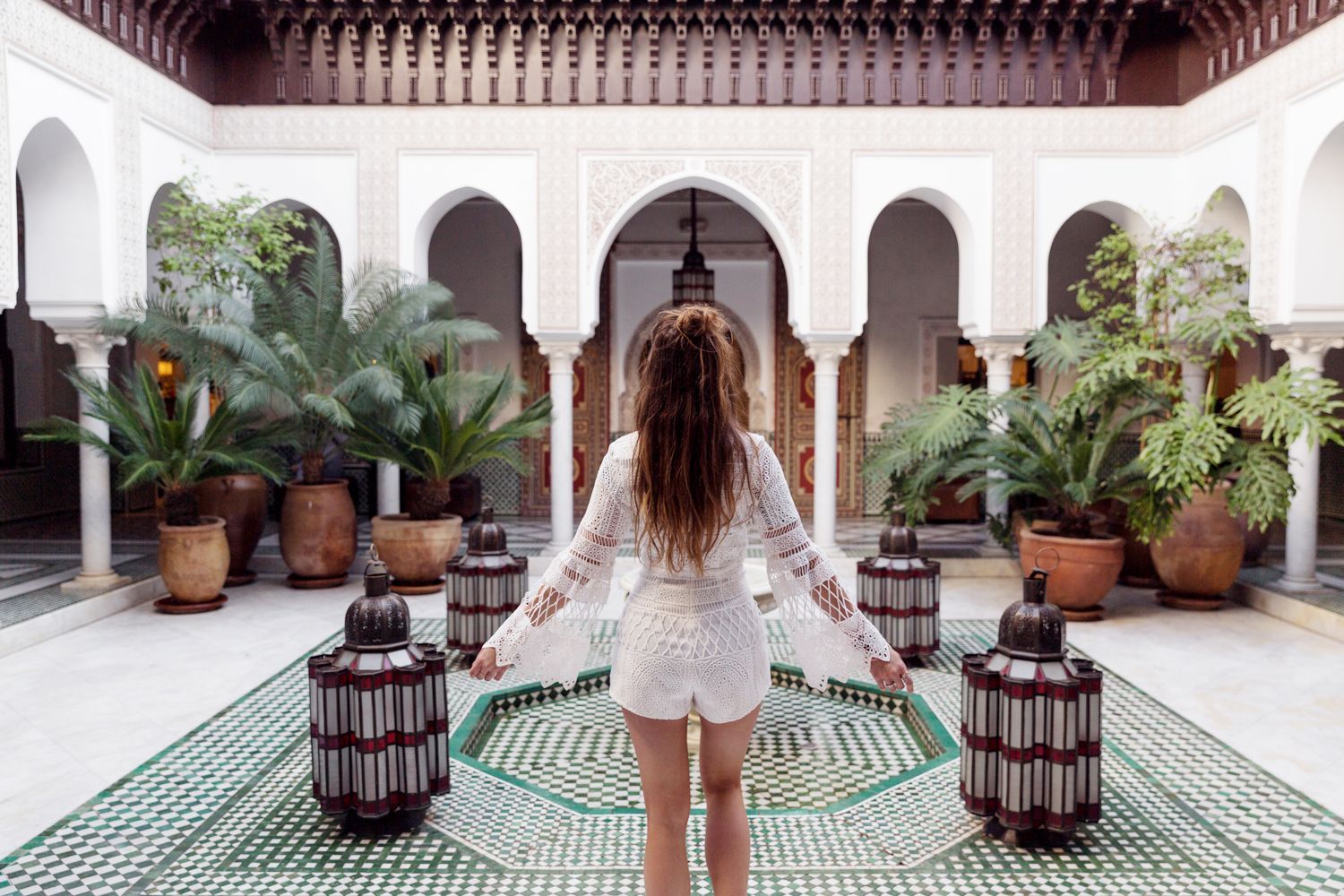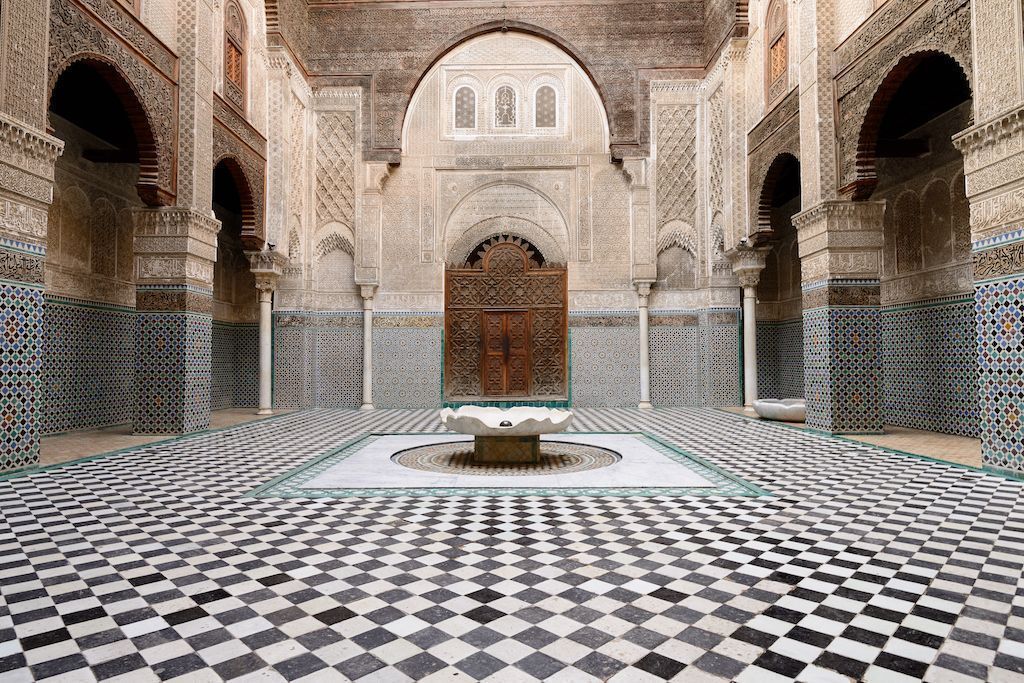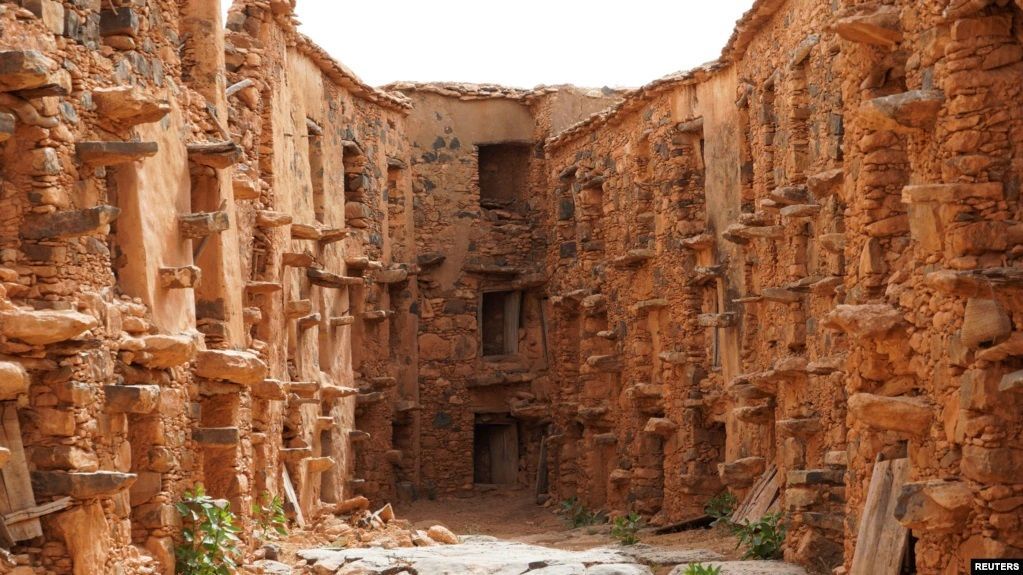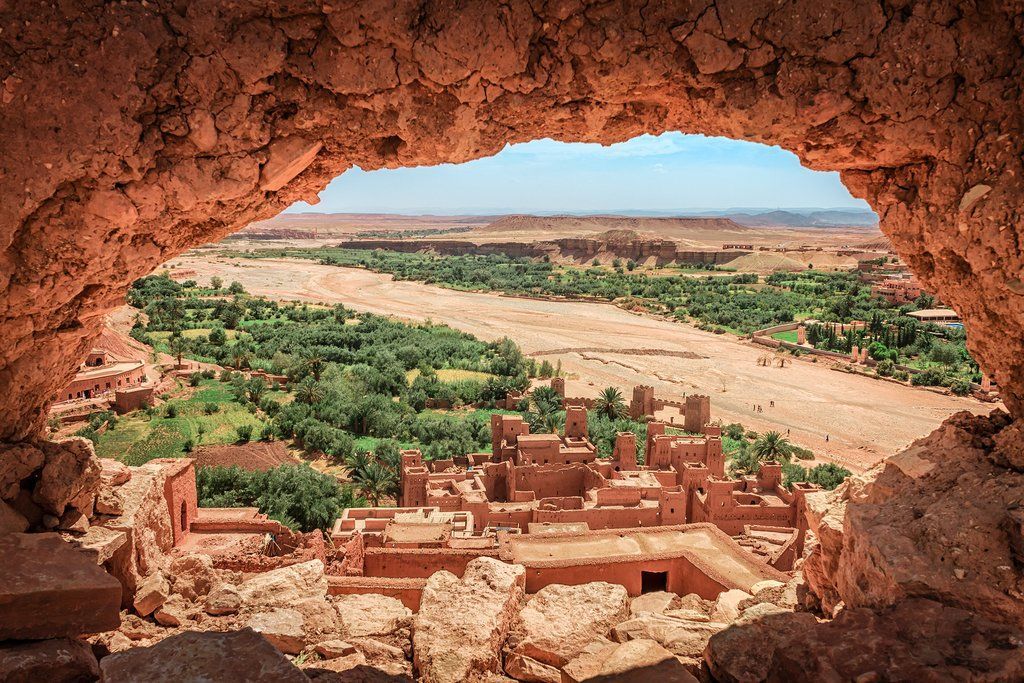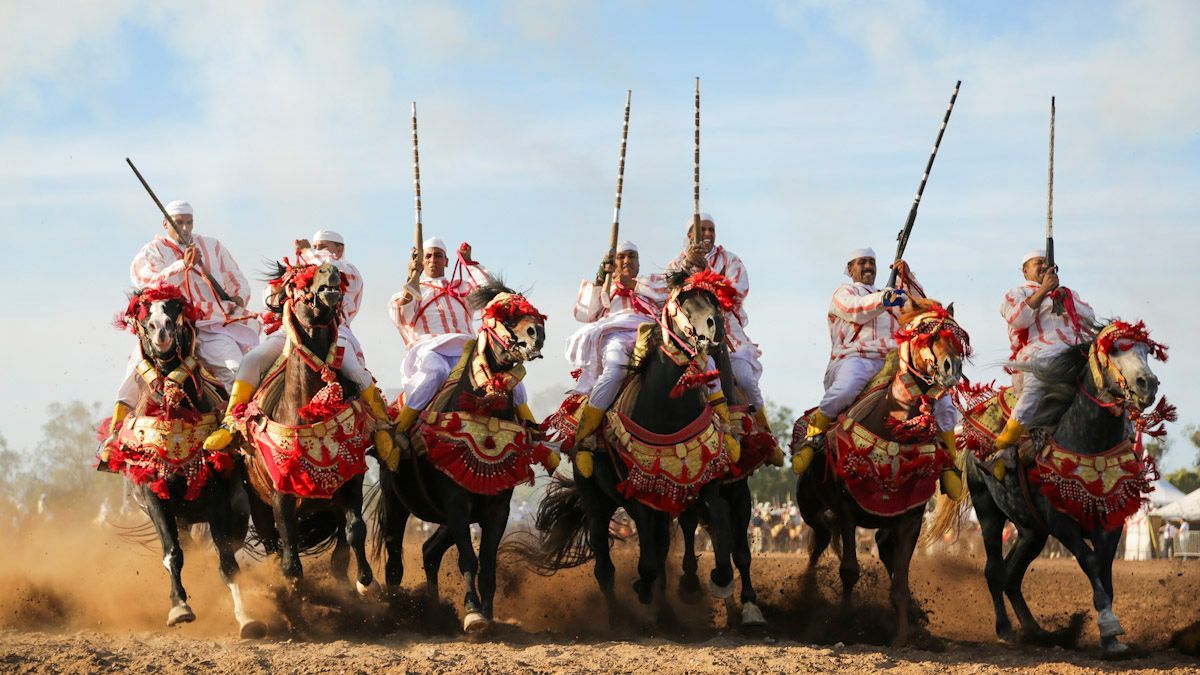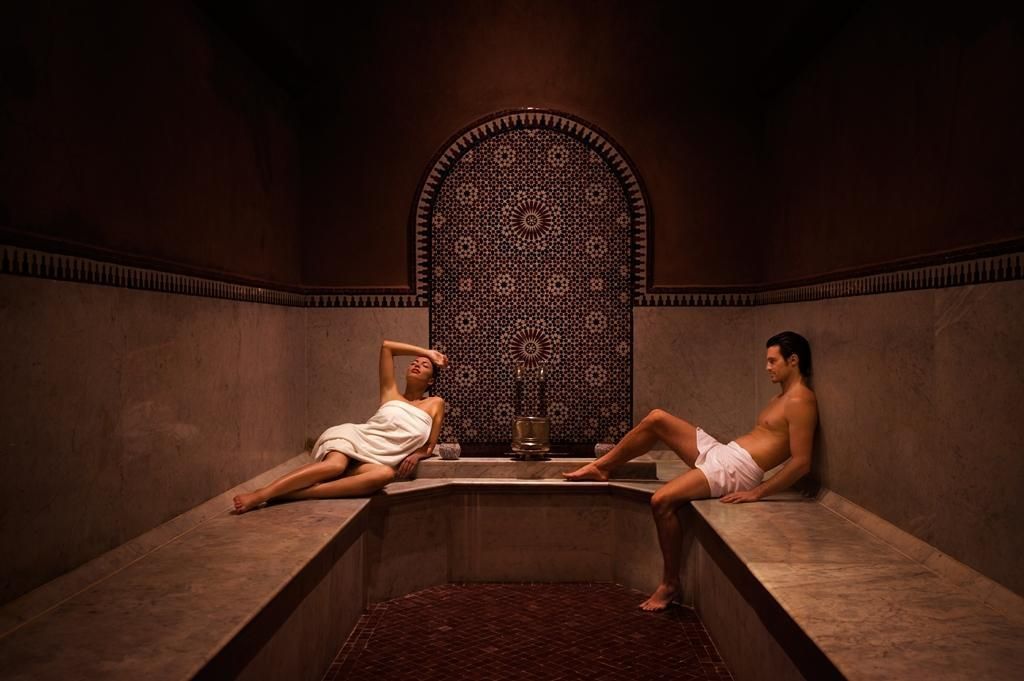Top 10 Must-Visit Historical Sites in Marrakech
Explore the Rich Heritage of Marrakech: 10 Historical Landmarks You Can't Miss
Marrakech, known as the “Red City,” is a treasure trove of history and culture. With its rich past dating back nearly 1,000 years, the city offers a mesmerizing blend of Berber, Arab, and Andalusian influences. Whether you're a history buff or simply eager to explore Morocco's vibrant heritage, here are the top 10 must-visit historical sites in Marrakech that should be on every traveler’s itinerary.
1. Jemaa el-Fnaa Square
Jemaa el-Fnaa is the beating heart of Marrakech and one of the most famous landmarks in Morocco. A UNESCO World Heritage site, this bustling square has been a central hub for centuries. By day, it’s home to juice stalls, snake charmers, and market vendors, while at night, it transforms into a vibrant scene with food stalls, musicians, and storytellers.
2. Koutoubia Mosque
The Koutoubia Mosque, located near Jemaa el-Fnaa, is the largest mosque in Marrakech and an iconic symbol of the city. Built in the 12th century, its 77-meter tall minaret dominates the skyline and can be seen from various parts of the city. While non-Muslims aren’t allowed inside, the exterior is a masterpiece of Almohad architecture.
3. Visit Bahia Palace
Bahia Palace Marrakech is a stunning 19th-century palace that once housed the Grand Vizier of Marrakech. This architectural gem features beautifully crafted ceilings, intricate tile work, and tranquil courtyards. The word "Bahia" means brilliance, and the palace truly lives up to its name.
4. Saadian Tombs
Discovered in 1917, the Saadian Tombs date back to the late 16th century and are the final resting place of Sultan Ahmed al-Mansour and his dynasty. The tombs are known for their stunning architecture, including marble pillars, intricate carvings, and ornate zellige tiles.
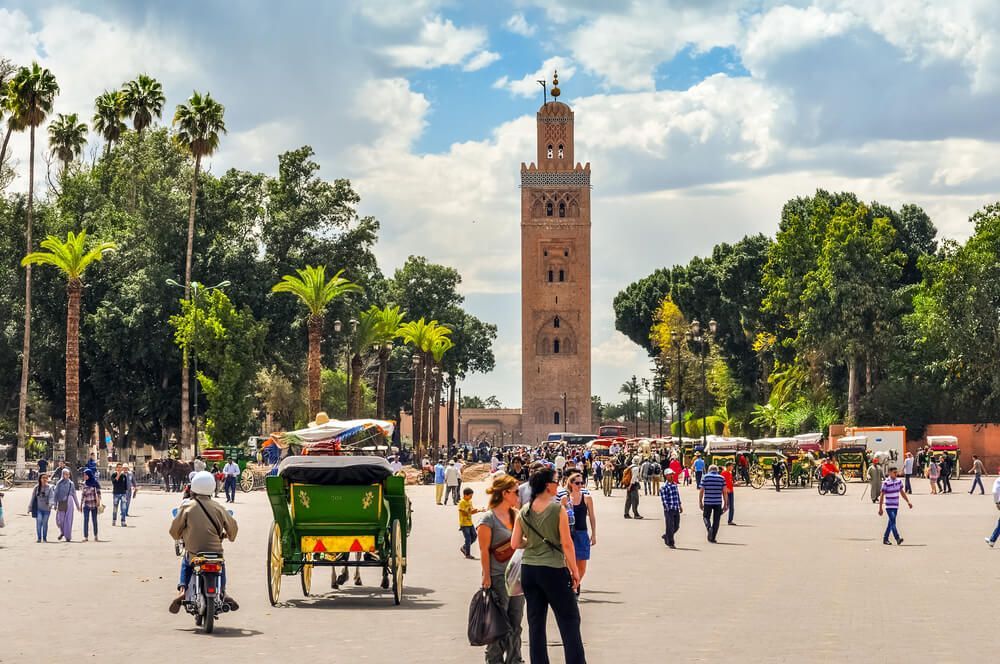
5. El Badi Palace Marrakech
Once considered the grandest palace in Morocco royal history, El Badi Palace was built in the 16th century by Sultan Ahmed al-Mansour to celebrate his victory against the Portuguese. Today, the palace is in ruins, but its expansive layout and remnants of opulence make it a fascinating place to visit.
6. Ben Youssef Madrasa "Islamic colleges in Marrakech"
One of the most important educational institutions in Marrakech's history, the Ben Youssef Madrasa was founded in the 14th century and later expanded in the 16th century. This former Islamic college boasts stunning tilework, wood carvings, and serene courtyards. Visitors can explore the students' quarters and marvel at the intricate detailing.
7. Marrakech Museum Exhibitions
Housed in the Dar Mnebhi Palace, the Marrakech Museum is a beautiful blend of traditional Moroccan architecture and contemporary exhibitions. Visitors can enjoy a mix of artifacts, artwork, and temporary exhibitions while exploring the stunning courtyards and halls of the palace.
8. Menara Gardens Visit
Dating back to the 12th century, the Menara Gardens were originally built as a place of refuge for royalty. The large reflecting pool, surrounded by olive groves, provides a peaceful escape from the bustling city. The view of the Atlas Mountains in the background makes it a must-see for any traveler.
9. Bab Agnaou Gate Marrakech
One of the 19 gates that once provided access to the old medina of Marrakech, Bab Agnaou is the most ornate and historically significant. Built in the 12th century, the gate leads to the Kasbah area and was once the main entrance for royal dignitaries.
10. The Mellah (Marrakech Jewish Quarter)
The Mellah, Marrakech’s old Jewish quarter, is a historically significant part of the city. Established in the 16th century, the area was once home to a thriving Jewish community. Visitors can explore the narrow streets, visit the Lazama Synagogue, and learn about the rich Jewish heritage of Marrakech.
Marrakech is a city where history and culture come alive. From majestic palaces and serene gardens to ancient mosques and bustling squares, these 10 historical sites offer a glimpse into the city’s vibrant past. Whether you're on a day tour or a longer trip, these sites are must-visits for anyone looking to immerse themselves in the rich heritage of Marrakech.




